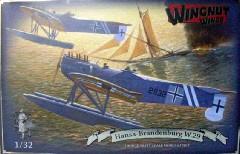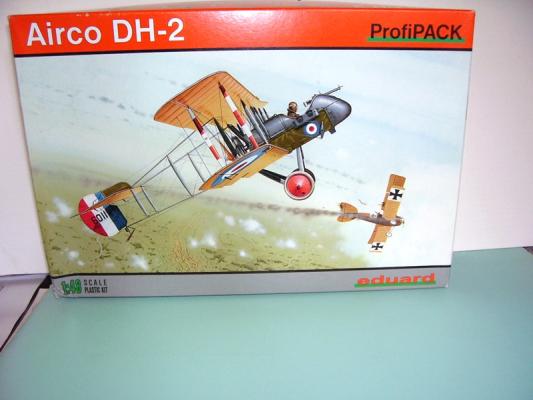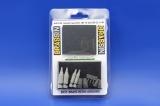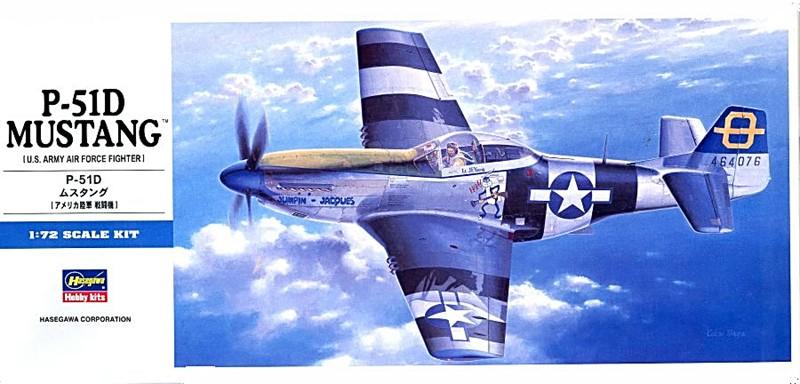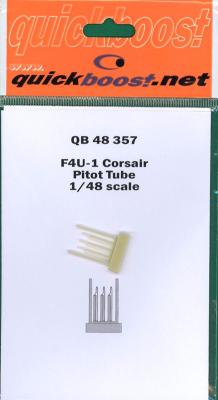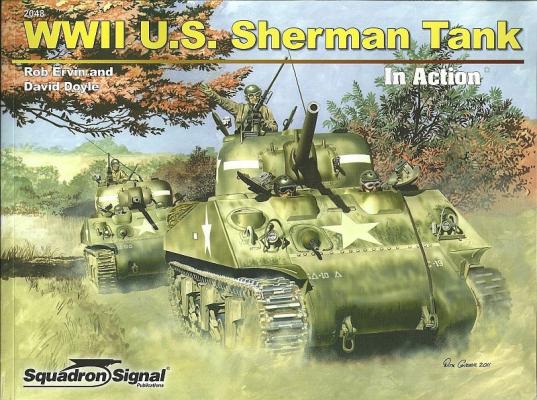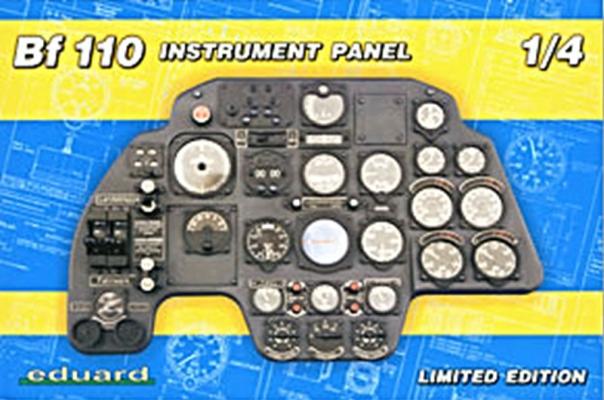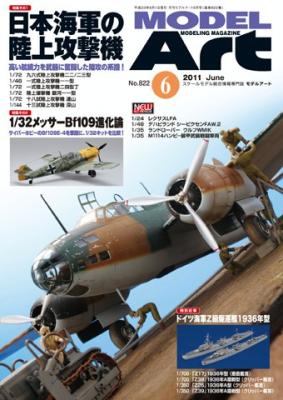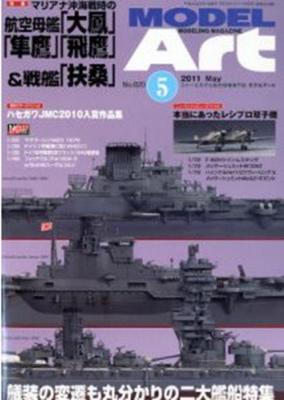History
This is another superb kit from the guys at Wingnut Wings. According to the detailed history on the instruction booklet, the Hansa-Brandenburg W.29 was allegedly designed by Ernst Heinkel on the back of a cabaret wine list and was basically a W.12 biplane with the top wing removed. This advanced monoplane had markedly improved performance due to the reduction of drag afforded by the loss of the upper wing as well as the lack of guy wires. The solid construction was achieved because of the rigid strut arrangement for the floats. Three prototypes were constructed in January 1917 and each was powered by a different engine for the comparison purposes. When production began in April of 1917 it was decided to use the 150hp Benz Bz. III. A total of 199 W.29s were produced in two versions. 156 planes were built with 3 machine guns (C3MG) and another 43 were built with 2 machine guns (C2MGHFT) and a wireless radio.

